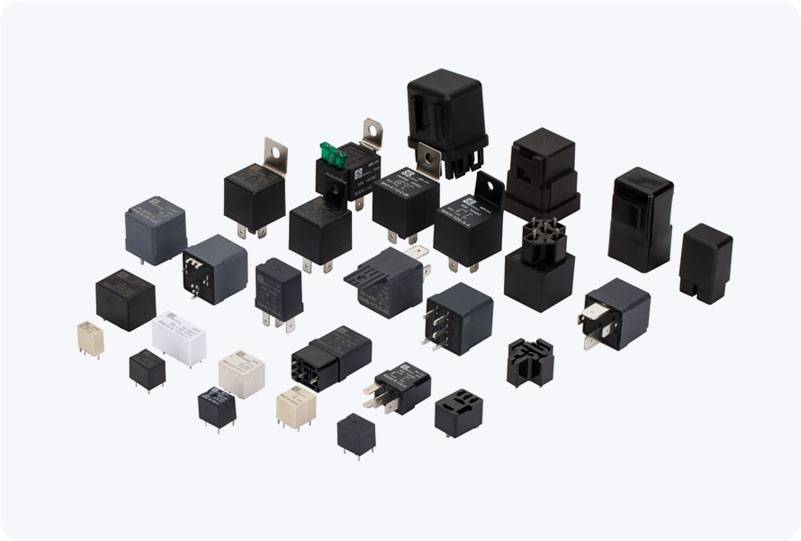IGBT-Based HV Relays are becoming increasingly essential components in modern electrical systems, particularly in high-voltage and power electronic applications. As industries push toward higher efficiency and reliability, the integration of Insulated Gate Bipolar Transistor (IGBT) technology into relay systems has revolutionized the way electrical circuits are controlled. This article delves into the technical aspects of IGBT-Based HV Relays, exploring their structure, advantages, and primary applications in various industries.

What is an IGBT-Based HV Relay? An IGBT-Based HV Relay combines the functionality of a traditional mechanical relay with the advanced capabilities of IGBT technology. IGBT, or Insulated Gate Bipolar Transistor, is a semiconductor device that combines the easy control of MOSFETs (Metal-Oxide-Semiconductor Field-Effect Transistors) with the high current-carrying capability of Bipolar Junction Transistors (BJTs). This unique combination allows IGBTs to switch high voltage and high current with superior efficiency, low switching losses, and minimal wear. In a traditional relay, mechanical contacts are used to open and close a circuit. These mechanical components are subject to wear and tear over time, reducing the relay’s lifespan and reliability. However, by using IGBTs in a relay, the need for mechanical contacts is eliminated. The IGBT acts as an electronic switch, allowing for fast, reliable, and durable control of high-voltage circuits.
Leave a Reply